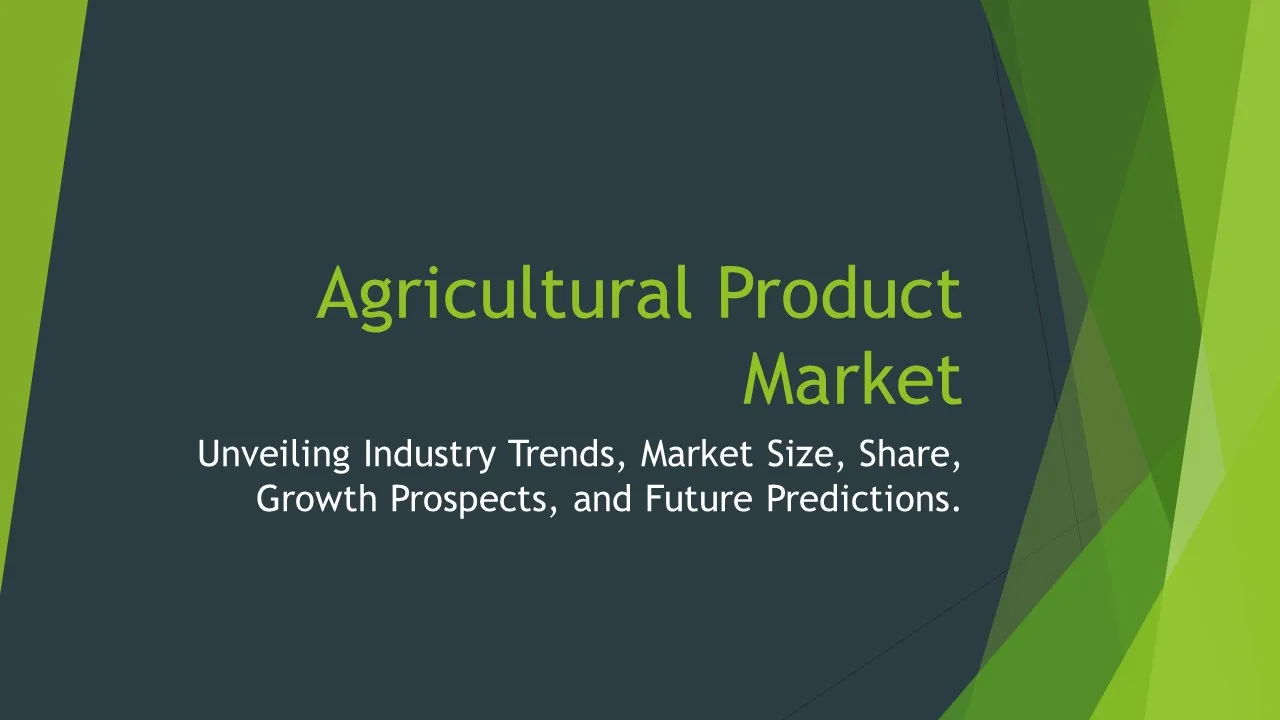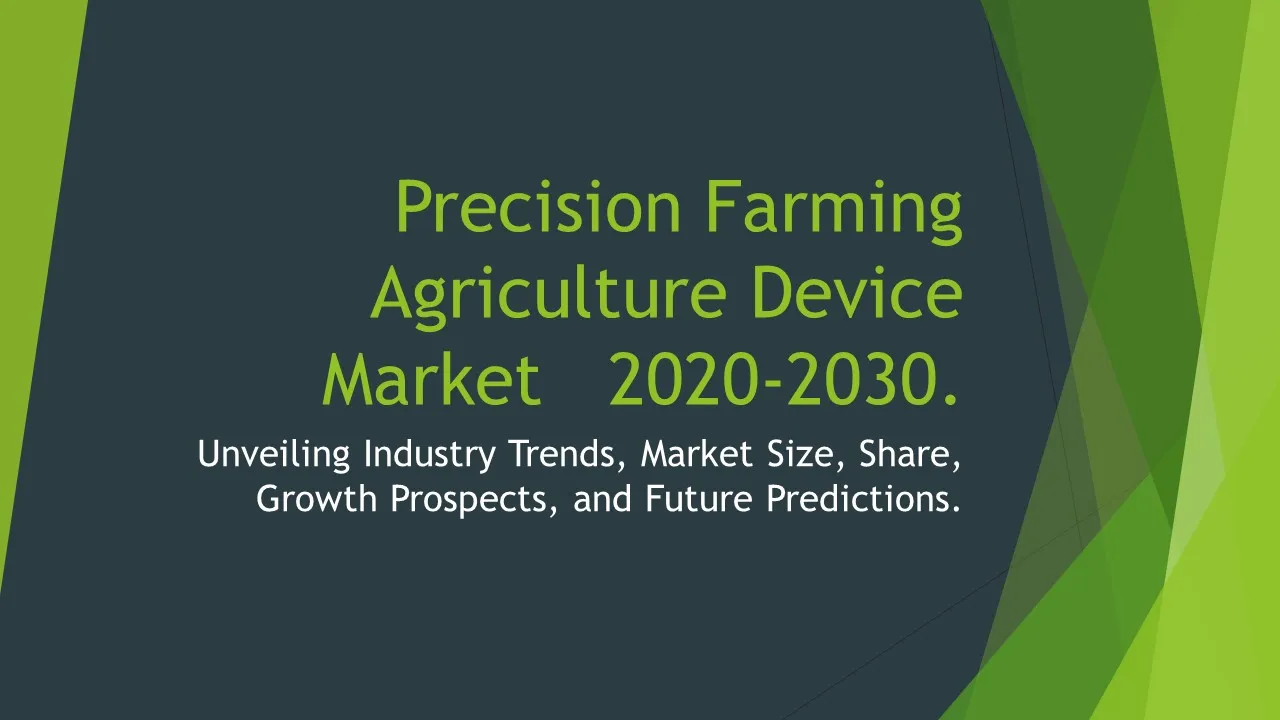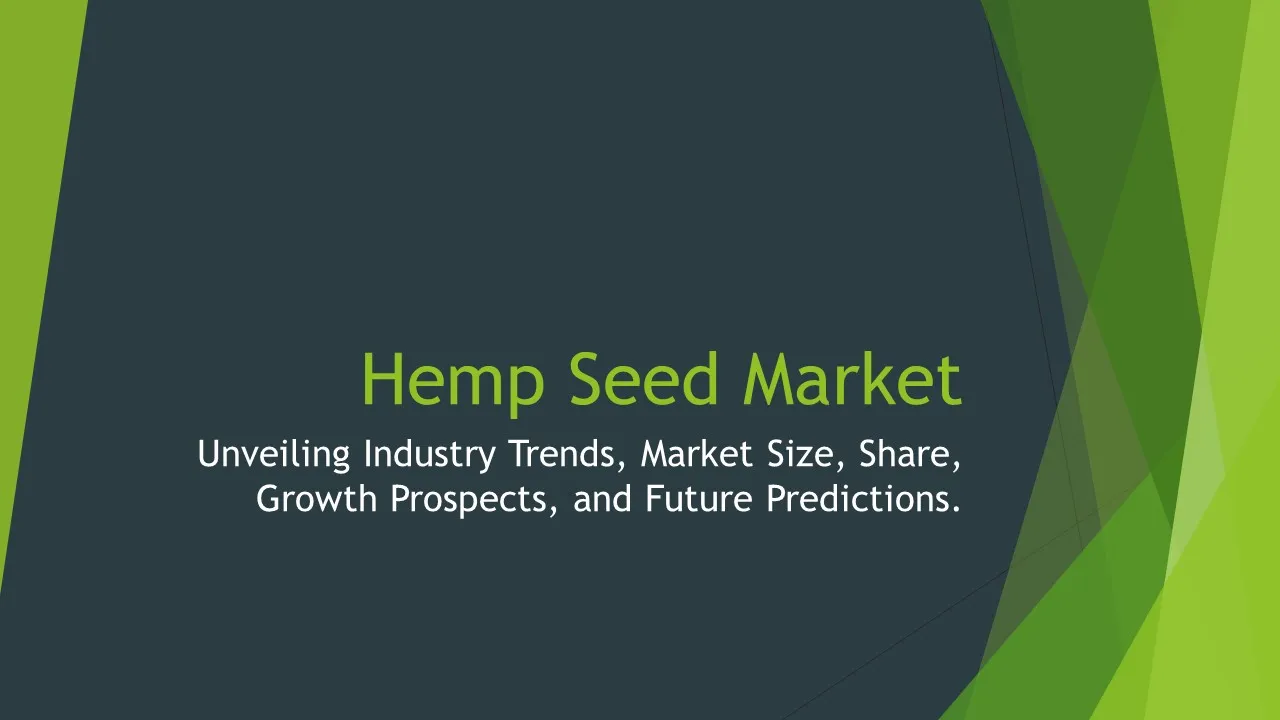Vegetative Roof System
Vegetative Roof System Market Segments - by Product Type (Extensive Vegetative Roof Systems, Intensive Vegetative Roof Systems, Semi-Intensive Vegetative Roof Systems, Modular Vegetative Roof Systems, Built-Up Vegetative Roof Systems), Application (Commercial Buildings, Residential Buildings, Industrial Buildings, Public Infrastructure, Others), Distribution Channel (Direct Sales, Indirect Sales), Vegetation Type (Sedum, Wildflowers, Grasses, Moss, Herbs), and Region (North America, Europe, Asia Pacific, Latin America, Middle East & Africa) - Global Industry Analysis, Growth, Share, Size, Trends, and Forecast 2025-2035
- Report Preview
- Table Of Content
- Segments
- Methodology
Vegetative Roof System Market Outlook
The global vegetative roof system market is projected to reach approximately USD 2.50 billion by 2035, growing at a compound annual growth rate (CAGR) of around 13% during the forecast period from 2025 to 2035. This growth can be attributed to the increasing awareness of sustainability and energy efficiency, as well as government initiatives promoting green building practices. Urbanization trends are also pushing for innovative solutions that can mitigate the heat island effect prevalent in densely populated areas. Furthermore, the rising demand for eco-friendly building materials has led to a surge in investments in vegetative roof systems, which provide numerous environmental benefits, such as improved air quality, stormwater management, and enhanced biodiversity. As cities continue to expand, the integration of vegetative roofs in urban planning is becoming a critical focus for many stakeholders in the construction and real estate sectors, further fueling market growth.
Growth Factor of the Market
The vegetative roof system market is witnessing considerable growth due to multiple factors driving its adoption across various sectors. One of the primary drivers is the increasing emphasis on sustainable architecture and design, as consumers and enterprises alike become more environmentally conscious. These systems not only help in improving energy efficiency by providing insulation but also assist in reducing stormwater runoff, which is crucial in urban settings where drainage systems may be overburdened. Additionally, government policies promoting green roofs as part of urban development and construction initiatives are expected to further propel market growth. Innovations in technology and materials used for vegetative roofs, which enhance durability and ease of installation, have made these systems more appealing to construction companies. Furthermore, the trend of incorporating biophilic design principles into architecture is gaining traction, pushing the market towards adopting vegetative roofs as a viable aesthetic and functional element in modern buildings.
Key Highlights of the Market
- Projected market size of approximately USD 2.50 billion by 2035 with a CAGR of 13%.
- Rising demand for sustainable building materials driving market growth.
- Government initiatives and policies favoring green building practices.
- Technological advancements improving the efficiency and installation of vegetative roofs.
- Increasing integrations of biophilic design elements in architecture.
By Product Type
Extensive Vegetative Roof Systems:
Extensive vegetative roof systems are characterized by a lightweight design that typically involves shallow growing media, generally ranging from 2 to 6 inches. These systems are primarily composed of drought-resistant plants that require minimal maintenance. The extensive vegetative roof system is ideal for areas with limited structural capacity, making them popular for low-rise buildings. Their ability to provide thermal insulation and reduce stormwater runoff, coupled with their cost-effectiveness, makes extensive systems a favorable choice among contractors and building owners. As urban areas face challenges related to stormwater management, these systems present a sustainable solution, thereby increasing their market presence.
Intensive Vegetative Roof Systems:
Intensive vegetative roof systems, in contrast to their extensive counterparts, consist of deeper growing media that can support a wider variety of plant species, including shrubs and small trees. These systems require more structural support due to their weight and typically involve more maintenance. Intensive roofs offer significant aesthetic and recreational benefits, making them suitable for urban gardens and rooftop parks. Their ability to improve building energy efficiency and urban biodiversity contributes to their growing popularity. With an increasing emphasis on green spaces in urban environments, the demand for intensive vegetative roof systems is expected to rise significantly in the coming years.
Semi-Intensive Vegetative Roof Systems:
Semi-intensive vegetative roof systems combine the characteristics of both extensive and intensive systems, featuring medium depth growing media, usually between 6 to 12 inches. This hybrid design allows for a broader range of vegetation types, including grasses, succulents, and some herbaceous perennials. Semi-intensive systems balance maintenance needs with design flexibility, making them a popular choice for commercial buildings aiming to enhance their green footprint without incurring the higher costs associated with fully intensive systems. Their versatility in design and ability to provide environmental benefits places them in a strategic position within the vegetative roof system market.
Modular Vegetative Roof Systems:
Modular vegetative roof systems are pre-grown plant modules that are delivered to the site ready for installation. This type of system allows for quick and efficient installation, minimizing disruption during construction. The modular approach also provides flexibility in design, as different modules can be combined to achieve various aesthetic effects. Additionally, the ease of maintenance associated with modular systems makes them appealing to building owners looking for a user-friendly solution. As the need for efficient construction practices increases, modular vegetative roof systems are expected to gain traction in the market.
Built-Up Vegetative Roof Systems:
Built-up vegetative roof systems involve a layering process that creates a robust roof structure capable of supporting diverse plant species. These systems typically consist of a waterproofing layer, followed by insulation, drainage layers, and a growing medium topped with vegetation. The built-up approach is ideal for commercial buildings that require customized solutions to meet specific environmental and aesthetic goals. With the growing trend toward sustainable urban development, built-up systems are increasingly favored for their adaptability and effectiveness in enhancing energy efficiency and managing stormwater runoff, thus contributing to their market growth.
By Application
Commercial Buildings:
The commercial buildings segment is a major contributor to the vegetative roof system market, as businesses increasingly recognize the benefits of green roofs for energy efficiency and aesthetic appeal. These systems not only provide insulation and reduce energy costs but also create inviting spaces that enhance employee well-being. The demand for sustainable building solutions has led numerous companies to invest in vegetative roofs as part of their corporate social responsibility initiatives. Furthermore, green roofs can also improve property value, making them an attractive investment for commercial property developers.
Residential Buildings:
Residential buildings are also adopting vegetative roof systems as homeowners seek sustainable living solutions that enhance their living environment. Green roofs can provide additional outdoor spaces for gardening and relaxation, which is particularly attractive in urban settings where outdoor space is limited. The growing trend of eco-friendly home design is influencing homeowners to incorporate vegetative roofs, as they contribute to lowered energy bills and improved biodiversity. As awareness of environmental issues continues to rise, the residential segment is expected to see significant growth in the adoption of vegetative roof systems.
Industrial Buildings:
The industrial buildings application segment is gaining traction as more industries seek to implement sustainable practices in their operations. Vegetative roofs can help reduce heating and cooling costs while also managing stormwater effectively, which is critical in manufacturing sectors that may face regulatory scrutiny regarding environmental impact. The trend towards eco-industrial parks, where sustainability is integrated into business operations, is driving the demand for vegetative roofs in industrial applications. As industries strive to enhance their environmental performance, the integration of vegetative roof systems is likely to become a standard practice.
Public Infrastructure:
Public infrastructure projects, including schools, hospitals, and government buildings, are increasingly incorporating vegetative roof systems as part of their sustainability initiatives. These systems provide multiple benefits, such as reducing urban heat island effects and improving air quality, which align with public health goals. The ability of vegetative roofs to contribute to rainwater management systems also makes them an attractive option for municipalities looking to enhance their infrastructure sustainably. As urban areas continue to grow, the demand for green roofs in public infrastructure is expected to expand, driven by both environmental and economic considerations.
Others:
The "Others" segment encompasses a variety of applications for vegetative roof systems, including recreational facilities, hotels, and mixed-use developments. As urban developers seek to create multifunctional spaces that incorporate green elements, the versatility of vegetative roofs makes them suitable for a wide range of projects. This growing interest in integrating natural landscapes into urban design is likely to fuel demand for vegetative roofs across diverse applications, contributing to the overall market growth.
By Distribution Channel
Direct Sales:
Direct sales are a significant distribution channel for vegetative roof systems, allowing manufacturers and suppliers to engage more closely with customers. This approach facilitates better understanding of customer requirements, enabling the provision of tailored solutions that meet specific project needs. Direct sales also foster stronger relationships between manufacturers and construction firms, leading to repeat business. As more companies recognize the advantages of direct partnerships, the demand for this distribution channel continues to grow, enhancing market dynamics in favor of direct sales strategies.
Indirect Sales:
Indirect sales channels, which encompass distributors, retailers, and contractors, play a crucial role in expanding market reach for vegetative roof systems. These channels help bridge the gap between manufacturers and end-users, making it easier for customers to access products. The involvement of established distributors can also facilitate market penetration, especially in regions where direct sales networks may not be as well developed. As the market for vegetative roof systems continues to evolve, the importance of indirect sales channels is expected to increase, as they provide valuable support to both manufacturers and customers.
By Vegetation Type
Sedum:
Sedum is one of the most commonly used vegetation types in vegetative roof systems due to its hardiness and drought resistance. This succulent plant thrives in a variety of climates and requires minimal maintenance, making it an ideal choice for extensive green roofs. Sedum varieties are known for their ability to store water, which helps in managing stormwater runoff effectively. Additionally, the vibrant colors and textures of sedum plants contribute to the aesthetic appeal of green roofs, enhancing the overall urban landscape. The increasing adoption of sedum in vegetative roofs is resulting in significant market growth.
Wildflowers:
Wildflowers are gaining popularity in vegetative roof systems as they provide a natural habitat for various pollinators and promote biodiversity. These plants can offer a beautiful array of colors and textures throughout the growing season, making them an attractive option for both residential and commercial applications. Wildflower rooftops require more care than sedum systems, as they need regular upkeep to flourish, but their environmental contributions significantly outweigh these challenges. As urban areas focus on enhancing biodiversity, the use of wildflowers in vegetative roofs is expected to increase steadily.
Grasses:
Grasses are a versatile vegetation type suitable for both extensive and intensive vegetative roof systems. They provide excellent erosion control and can withstand various climatic conditions. Grasses can be integrated into green roofs for aesthetic purposes or functional benefits, such as improving air quality and providing insulation. Additionally, grass species can be selected based on local ecological conditions, making them an appropriate choice for sustainable urban development. As architects and landscape designers increasingly incorporate grasses into green roof designs, their market presence is expected to grow.
Moss:
Moss is another vegetation type that is gaining traction in vegetative roof systems due to its unique aesthetic and environmental benefits. Moss requires very little maintenance and is capable of thriving in shaded areas, making it a suitable option for various settings. Its ability to absorb moisture contributes to stormwater management, while its lush appearance enhances the overall visual appeal of green roofs. As consumers seek innovative and low-maintenance solutions for urban greening, moss is likely to become a popular choice among vegetative roof applications.
Herbs:
Herbs are increasingly being used in vegetative roof systems, particularly in intensive applications where they can flourish and be harvested for culinary uses. This vegetation type offers an added level of utility to green roofs, as they provide fresh herbs for restaurants and homeowners alike. Besides their culinary appeal, herbs can also contribute to improved air quality and biodiversity in urban areas. As the interest in urban gardening grows, the inclusion of edible plants like herbs in vegetative roof systems is expected to rise, thereby driving market growth.
By Region
The North American region is a significant market for vegetative roof systems, driven by increased urbanization, stringent environmental regulations, and a growing emphasis on sustainable building practices. The region is expected to witness a CAGR of approximately 12% over the forecast period, as both commercial and residential sectors increasingly invest in green roofs to comply with LEED certifications and other eco-friendly initiatives. Major cities like New York, San Francisco, and Toronto are at the forefront of adopting vegetative roof solutions, contributing to a significant share of the market in this region.
In Europe, the demand for vegetative roof systems is fueled by government mandates promoting sustainable construction and urban greening projects. The European market is characterized by a well-established framework for green building practices, with countries like Germany leading the way in the adoption of extensive and intensive vegetative roofs. The European vegetative roof system market is expected to grow steadily, supported by advancements in technology and an increasing focus on biodiversity in urban environments. As cities strive to meet sustainability goals, the adoption of vegetative roofs is anticipated to be a crucial component of urban planning in this region.
Opportunities
The vegetative roof system market is poised for substantial growth, particularly as cities grapple with the challenges of climate change and urbanization. One significant opportunity lies in the development of innovative technologies to improve the efficiency and ease of installation of vegetative roofs. Advances in modular systems and lightweight materials can make green roofs more accessible to a broader range of buildings, including those with less structural capacity. Additionally, the integration of smart technology, such as irrigation and maintenance monitoring systems, can enhance the performance of vegetative roofs, attracting more property developers and building owners to adopt these solutions. The ongoing urbanization in emerging economies presents another vast opportunity, as these regions increasingly seek sustainable building practices to counteract environmental degradation.
Another area of opportunity exists in the collaborative partnerships between various stakeholders, including government agencies, non-profits, and the private sector. By working together to promote public awareness of the benefits of vegetative roofs, these partnerships can help drive policy changes and incentivize green building initiatives. Furthermore, educational programs focused on the advantages of vegetative roofs can equip architects, engineers, and contractors with the knowledge necessary to integrate these systems effectively into their projects. As the market continues to evolve, these collaborative efforts will play a critical role in expanding the adoption of vegetative roof systems and unlocking their full potential.
Threats
Despite the promising growth trajectory of the vegetative roof system market, several threats could hinder its progress. One of the primary concerns is the potential for high initial costs associated with the installation of vegetative roofs, which can deter some property developers and homeowners. While these systems provide long-term benefits, the upfront investment may be viewed as a barrier, particularly in regions experiencing economic downturns or where budget constraints are prevalent. Moreover, the lack of standardized regulations and guidelines governing the installation and maintenance of vegetative roofs can lead to inconsistencies in quality and performance, potentially damaging the reputation of the market.
Another threat is the risk of plant health issues and pest infestations that could undermine the effectiveness of vegetative roofs. If not properly maintained, these systems may fail to deliver their promised benefits, leading to disillusionment among users and stakeholders. Additionally, adverse weather conditions, such as prolonged droughts or extreme storms, can pose challenges for the successful implementation and sustainability of vegetative roofs. To mitigate these threats, stakeholders must work together to develop robust maintenance strategies and standards while also promoting awareness of the long-term benefits of investing in vegetative roof systems.
Competitor Outlook
- Green Roof Solutions LLC
- LiveRoof, LLC
- Sempergreen
- American Hydrotech, Inc.
- Up on the Roof
- Gotham Greens
- Rooflite
- Vegetative Solutions LLC
- F D Thomas, Inc.
- Ecoroofs, LLC
- Green Roof Technology
- Sky Garden
- Optigreen International AG
- TerraGreen
- PlanterBox Systems
The competitive landscape of the vegetative roof system market is characterized by a mix of established players and emerging companies, each striving to differentiate themselves through innovation and quality. Leading companies are increasingly investing in research and development to create new solutions that enhance the functionality and aesthetics of green roofs. Moreover, many firms are forming strategic partnerships with architects, landscape designers, and contractors to promote the adoption of vegetative roofs in diverse applications. This collaborative approach not only increases market penetration but also helps in building a strong brand presence in an evolving industry.
Key players like Green Roof Solutions LLC and LiveRoof, LLC are at the forefront of the market, offering extensive product portfolios that cater to various customer needs. Green Roof Solutions LLC is known for its innovative approach to green roof technology, providing customizable solutions that meet the demands of both commercial and residential projects. Meanwhile, LiveRoof, LLC has carved a niche in the modular vegetative roof space, offering pre-grown systems that simplify installation and minimize maintenance requirements. The focus on quality and sustainability allows these companies to maintain a competitive edge in a rapidly growing market.
Another noteworthy player, American Hydrotech, Inc., has established itself as a leader in the vegetative roof market by providing comprehensive solutions that encompass waterproofing, drainage, and green roofing. Their commitment to product quality and environmental stewardship has earned them a strong reputation among architects and builders alike. Additionally, companies such as Sempergreen and Gotham Greens are making significant strides in promoting the adoption of vegetative roofs, leveraging their expertise and experience to offer tailored solutions that address the specific needs of diverse customers. As competition intensifies, the focus on innovation, customer engagement, and sustainable practices will play a pivotal role in shaping the future of the vegetative roof system market.
1 Appendix
- 1.1 List of Tables
- 1.2 List of Figures
2 Introduction
- 2.1 Market Definition
- 2.2 Scope of the Report
- 2.3 Study Assumptions
- 2.4 Base Currency & Forecast Periods
3 Market Dynamics
- 3.1 Market Growth Factors
- 3.2 Economic & Global Events
- 3.3 Innovation Trends
- 3.4 Supply Chain Analysis
4 Consumer Behavior
- 4.1 Market Trends
- 4.2 Pricing Analysis
- 4.3 Buyer Insights
5 Key Player Profiles
- 5.1 Rooflite
- 5.1.1 Business Overview
- 5.1.2 Products & Services
- 5.1.3 Financials
- 5.1.4 Recent Developments
- 5.1.5 SWOT Analysis
- 5.2 Sky Garden
- 5.2.1 Business Overview
- 5.2.2 Products & Services
- 5.2.3 Financials
- 5.2.4 Recent Developments
- 5.2.5 SWOT Analysis
- 5.3 TerraGreen
- 5.3.1 Business Overview
- 5.3.2 Products & Services
- 5.3.3 Financials
- 5.3.4 Recent Developments
- 5.3.5 SWOT Analysis
- 5.4 Sempergreen
- 5.4.1 Business Overview
- 5.4.2 Products & Services
- 5.4.3 Financials
- 5.4.4 Recent Developments
- 5.4.5 SWOT Analysis
- 5.5 Ecoroofs, LLC
- 5.5.1 Business Overview
- 5.5.2 Products & Services
- 5.5.3 Financials
- 5.5.4 Recent Developments
- 5.5.5 SWOT Analysis
- 5.6 Gotham Greens
- 5.6.1 Business Overview
- 5.6.2 Products & Services
- 5.6.3 Financials
- 5.6.4 Recent Developments
- 5.6.5 SWOT Analysis
- 5.7 LiveRoof, LLC
- 5.7.1 Business Overview
- 5.7.2 Products & Services
- 5.7.3 Financials
- 5.7.4 Recent Developments
- 5.7.5 SWOT Analysis
- 5.8 Up on the Roof
- 5.8.1 Business Overview
- 5.8.2 Products & Services
- 5.8.3 Financials
- 5.8.4 Recent Developments
- 5.8.5 SWOT Analysis
- 5.9 F D Thomas, Inc.
- 5.9.1 Business Overview
- 5.9.2 Products & Services
- 5.9.3 Financials
- 5.9.4 Recent Developments
- 5.9.5 SWOT Analysis
- 5.10 PlanterBox Systems
- 5.10.1 Business Overview
- 5.10.2 Products & Services
- 5.10.3 Financials
- 5.10.4 Recent Developments
- 5.10.5 SWOT Analysis
- 5.11 Green Roof Technology
- 5.11.1 Business Overview
- 5.11.2 Products & Services
- 5.11.3 Financials
- 5.11.4 Recent Developments
- 5.11.5 SWOT Analysis
- 5.12 American Hydrotech, Inc.
- 5.12.1 Business Overview
- 5.12.2 Products & Services
- 5.12.3 Financials
- 5.12.4 Recent Developments
- 5.12.5 SWOT Analysis
- 5.13 Green Roof Solutions LLC
- 5.13.1 Business Overview
- 5.13.2 Products & Services
- 5.13.3 Financials
- 5.13.4 Recent Developments
- 5.13.5 SWOT Analysis
- 5.14 Vegetative Solutions LLC
- 5.14.1 Business Overview
- 5.14.2 Products & Services
- 5.14.3 Financials
- 5.14.4 Recent Developments
- 5.14.5 SWOT Analysis
- 5.15 Optigreen International AG
- 5.15.1 Business Overview
- 5.15.2 Products & Services
- 5.15.3 Financials
- 5.15.4 Recent Developments
- 5.15.5 SWOT Analysis
- 5.1 Rooflite
6 Market Segmentation
- 6.1 Vegetative Roof System Market, By Application
- 6.1.1 Commercial Buildings
- 6.1.2 Residential Buildings
- 6.1.3 Industrial Buildings
- 6.1.4 Public Infrastructure
- 6.1.5 Others
- 6.2 Vegetative Roof System Market, By Product Type
- 6.2.1 Extensive Vegetative Roof Systems
- 6.2.2 Intensive Vegetative Roof Systems
- 6.2.3 Semi-Intensive Vegetative Roof Systems
- 6.2.4 Modular Vegetative Roof Systems
- 6.2.5 Built-Up Vegetative Roof Systems
- 6.3 Vegetative Roof System Market, By Vegetation Type
- 6.3.1 Sedum
- 6.3.2 Wildflowers
- 6.3.3 Grasses
- 6.3.4 Moss
- 6.3.5 Herbs
- 6.4 Vegetative Roof System Market, By Distribution Channel
- 6.4.1 Direct Sales
- 6.4.2 Indirect Sales
- 6.1 Vegetative Roof System Market, By Application
7 Competitive Analysis
- 7.1 Key Player Comparison
- 7.2 Market Share Analysis
- 7.3 Investment Trends
- 7.4 SWOT Analysis
8 Research Methodology
- 8.1 Analysis Design
- 8.2 Research Phases
- 8.3 Study Timeline
9 Future Market Outlook
- 9.1 Growth Forecast
- 9.2 Market Evolution
10 Geographical Overview
- 10.1 Europe - Market Analysis
- 10.1.1 By Country
- 10.1.1.1 UK
- 10.1.1.2 France
- 10.1.1.3 Germany
- 10.1.1.4 Spain
- 10.1.1.5 Italy
- 10.1.1 By Country
- 10.2 Asia Pacific - Market Analysis
- 10.2.1 By Country
- 10.2.1.1 India
- 10.2.1.2 China
- 10.2.1.3 Japan
- 10.2.1.4 South Korea
- 10.2.1 By Country
- 10.3 Latin America - Market Analysis
- 10.3.1 By Country
- 10.3.1.1 Brazil
- 10.3.1.2 Argentina
- 10.3.1.3 Mexico
- 10.3.1 By Country
- 10.4 North America - Market Analysis
- 10.4.1 By Country
- 10.4.1.1 USA
- 10.4.1.2 Canada
- 10.4.1 By Country
- 10.5 Middle East & Africa - Market Analysis
- 10.5.1 By Country
- 10.5.1.1 Middle East
- 10.5.1.2 Africa
- 10.5.1 By Country
- 10.6 Vegetative Roof System Market by Region
- 10.1 Europe - Market Analysis
11 Global Economic Factors
- 11.1 Inflation Impact
- 11.2 Trade Policies
12 Technology & Innovation
- 12.1 Emerging Technologies
- 12.2 AI & Digital Trends
- 12.3 Patent Research
13 Investment & Market Growth
- 13.1 Funding Trends
- 13.2 Future Market Projections
14 Market Overview & Key Insights
- 14.1 Executive Summary
- 14.2 Key Trends
- 14.3 Market Challenges
- 14.4 Regulatory Landscape
Segments Analyzed in the Report
The global Vegetative Roof System market is categorized based on
By Product Type
- Extensive Vegetative Roof Systems
- Intensive Vegetative Roof Systems
- Semi-Intensive Vegetative Roof Systems
- Modular Vegetative Roof Systems
- Built-Up Vegetative Roof Systems
By Application
- Commercial Buildings
- Residential Buildings
- Industrial Buildings
- Public Infrastructure
- Others
By Distribution Channel
- Direct Sales
- Indirect Sales
By Vegetation Type
- Sedum
- Wildflowers
- Grasses
- Moss
- Herbs
By Region
- North America
- Europe
- Asia Pacific
- Latin America
- Middle East & Africa
Key Players
- Green Roof Solutions LLC
- LiveRoof, LLC
- Sempergreen
- American Hydrotech, Inc.
- Up on the Roof
- Gotham Greens
- Rooflite
- Vegetative Solutions LLC
- F D Thomas, Inc.
- Ecoroofs, LLC
- Green Roof Technology
- Sky Garden
- Optigreen International AG
- TerraGreen
- PlanterBox Systems
- Publish Date : Jan 20 ,2025
- Report ID : AG-431
- No. Of Pages : 100
- Format : |
- Ratings : 4.5 (110 Reviews)
Related reports









